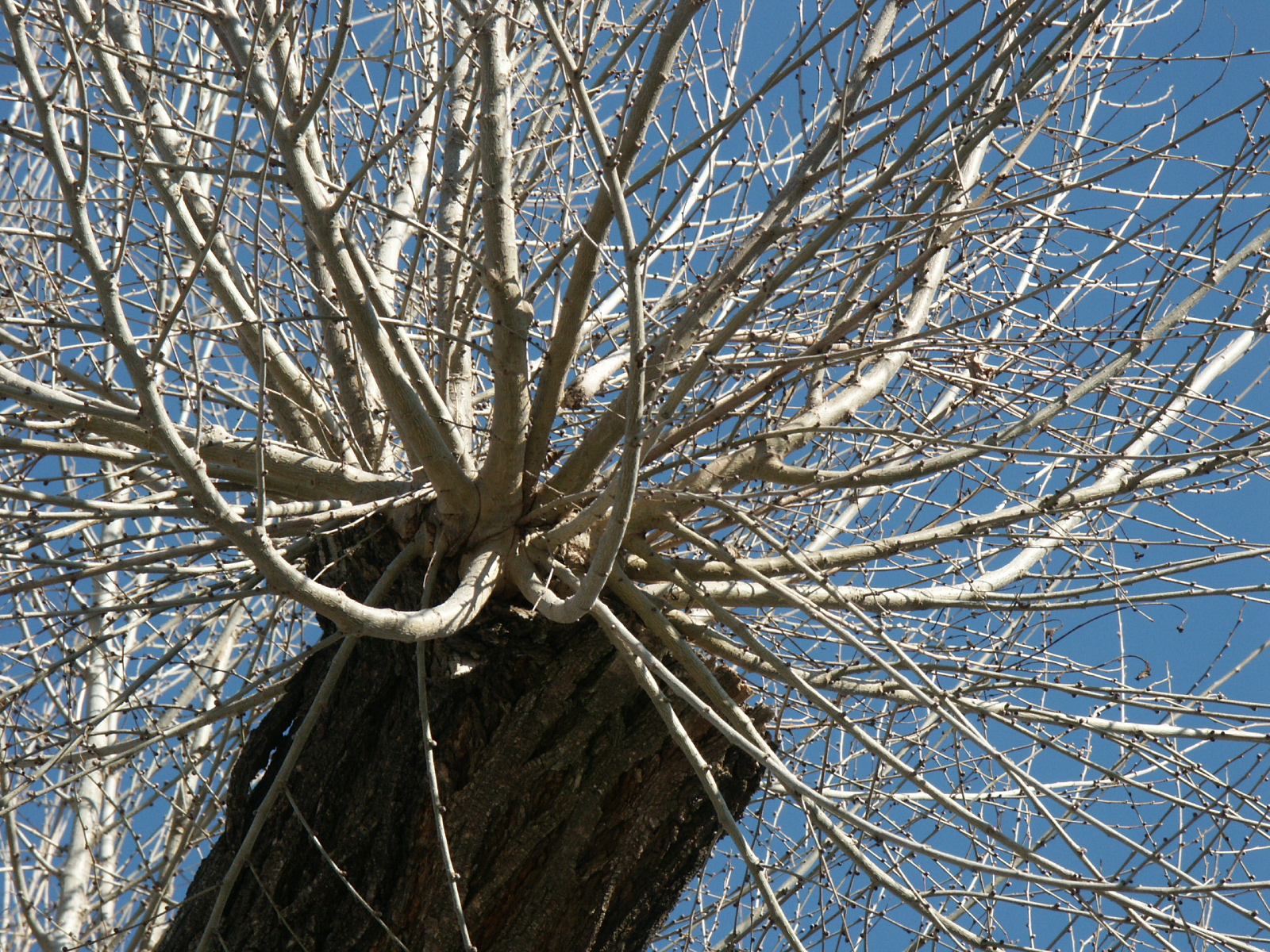
Many trees damaged by severe storms have large broken branches. Properly repairing trees with this type of damage is often difficult and more time-consuming than the simpler job of “topping” the trees. Topping is very destructive and is not recommended. Here are some things to consider if a tree worker recommends topping a tree.
Download a Printable PDFTable of Contents
What is topping?
The International Society of Arboriculture defines topping as “the indiscriminate cutting of large branches back to long stubs.” Topping cuts are made without regard to the location of side branches. Other names for topping include “heading,” “tipping,” “hat-racking,” and “rounding over.”
Why is it harmful?
- Topping removes a major portion of a tree’s leaves, which are needed to produce food. This damaging practice can begin an irreversible decline in the tree.
- Topping makes a tree more susceptible to insects and diseases by reducing its ability to produce chemical defenses.
- Branches left after topping become decayed and may cause serious injury or property damage if they break.
- Cuts made by topping stimulate the development of many epicormic shoots (water sprouts) just below the cut, which are easily broken off in storms.
- Topping destroys a tree’s natural form and wastes money.

If topping is recommended
The most appropriate response to a tree worker who recommends topping is to decline and look for another tree service. Topping is never recommended by anyone with a good understanding of trees.